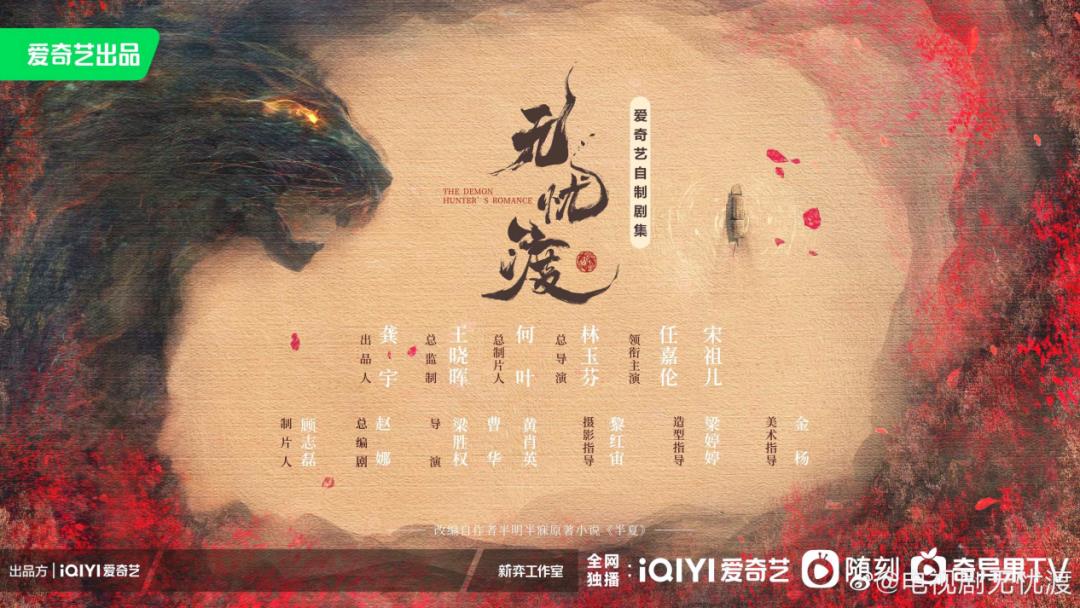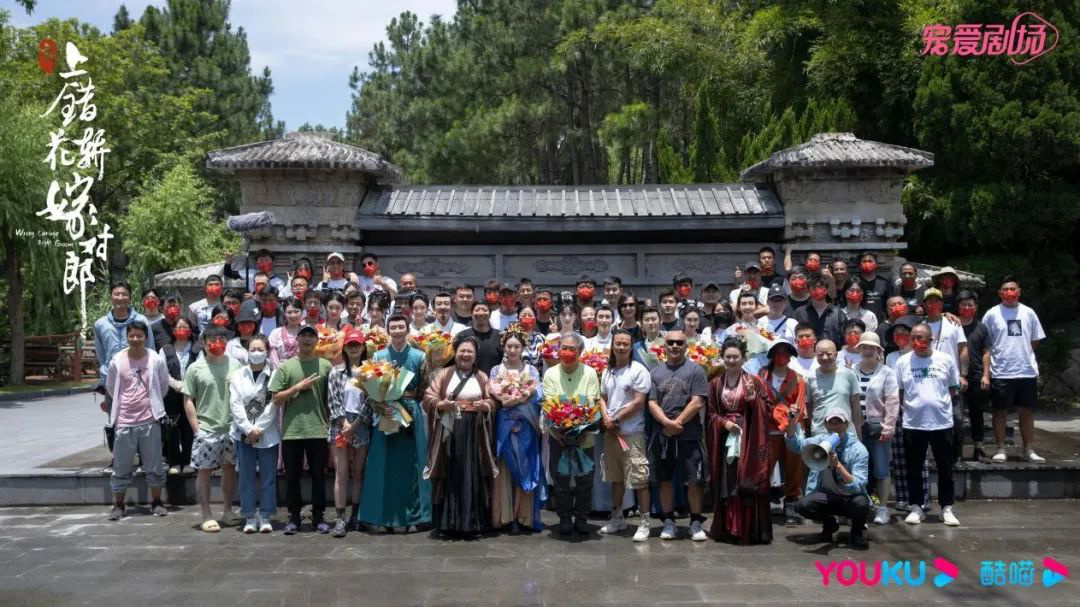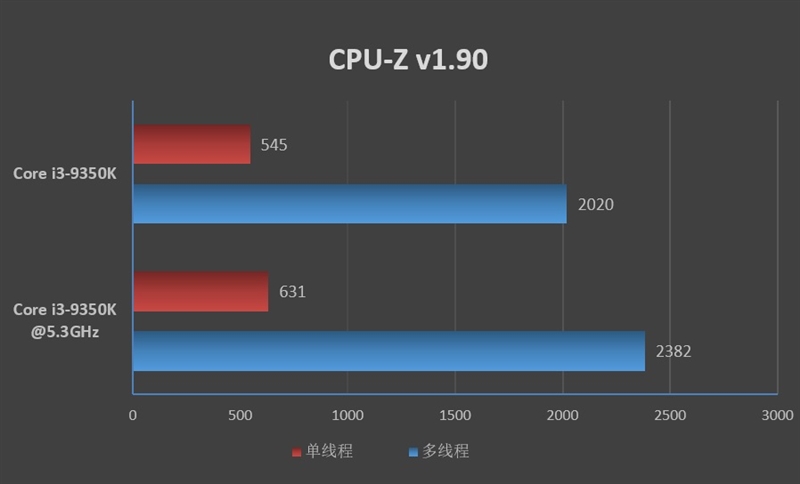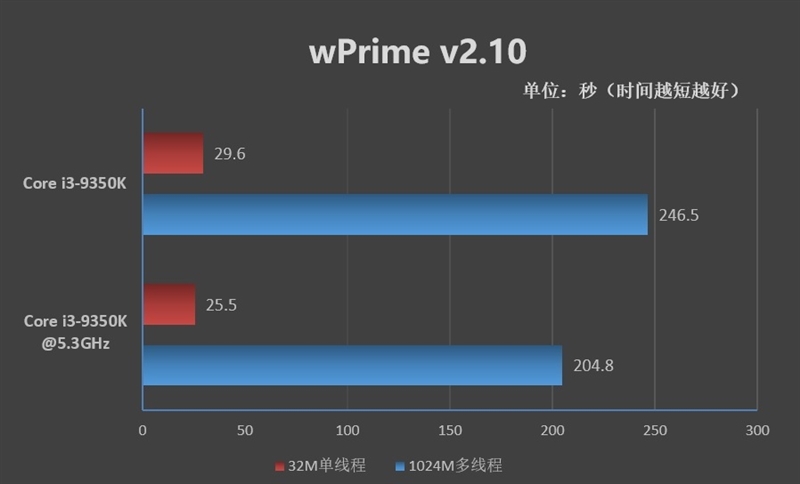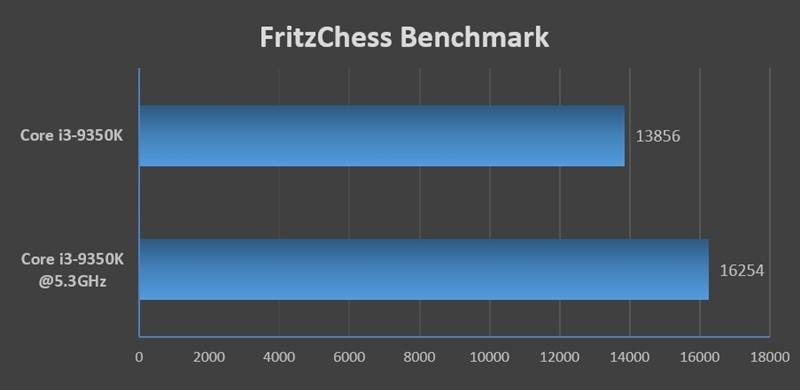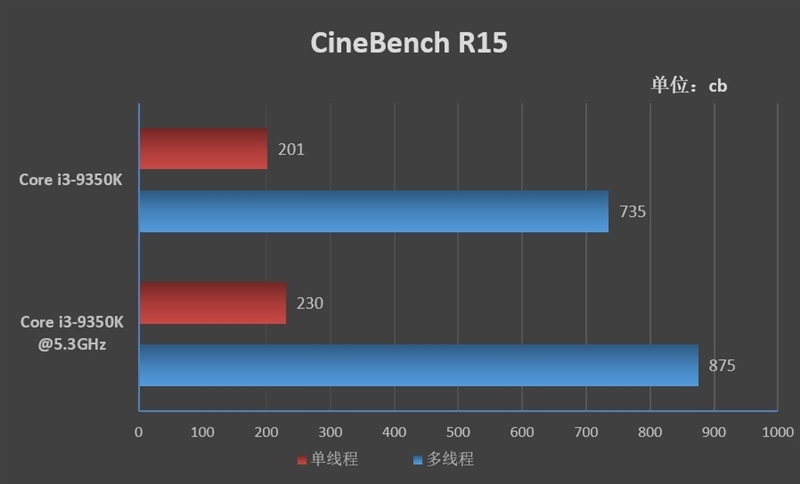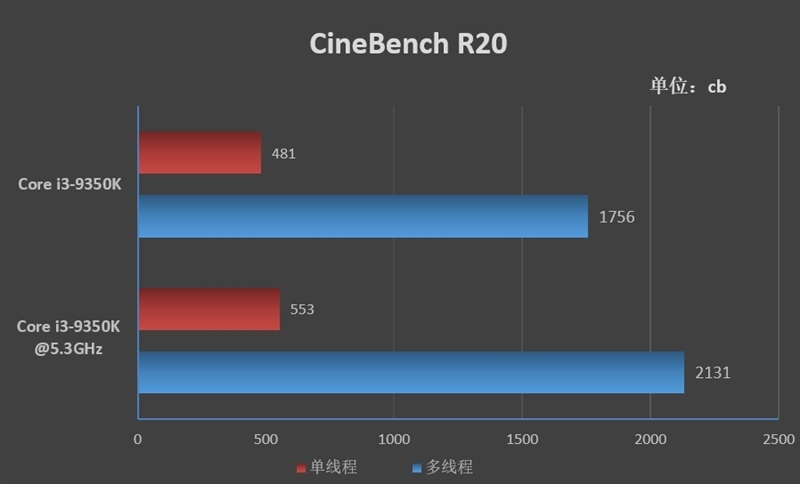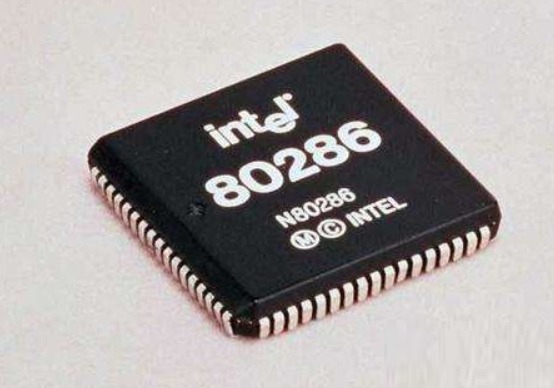In the west, promoting large-scale development with great opening-up
On the afternoon of April 23, General Secretary of the Supreme Leader presided over a symposium on promoting the development of the western region in the new era in Chongqing and delivered an important speech. He stressed that it is necessary to persist in promoting large-scale development through large-scale opening up and improve the level of opening up to the outside world in the western region.
The CPC Central Committee has made arrangements for promoting the development of the western region in the new era to form a new pattern. In the past five years, the western region has gradually formed an open pattern of linkage between the land and the sea and mutual assistance between the east and the west by continuously improving the level of opening up to the outside world and breaking through the previous geographical disadvantages.
Promote the construction of new land and sea passages in the west and create a new situation of opening up.
On the morning of March 30th, a train carrying 62 TEUs left the Guotie Freight Yard of Chongqing Fuling Longtougang Special Railway Line. The local products carried by Banlie were transferred to sea via Qinzhou Port Station in Guangxi, and finally shipped to 11 countries including Singapore, Italy and Mexico. This is the first western land-sea new passage train from the freight yard.
Connecting land and sea, running through things. The construction of a new land and sea corridor in the western region will be accelerated, so that the western region can completely break the embarrassing situation of "going far away from the near" and "exporting goods from the west to the east". Provinces that are not along the border or near the sea can still open up.

On April 21, 2022, the first western land and sea new passage China-Laos Railway (Dunhuang, Gansu — Vientiane — Bangkok) The international freight train departs from Dunhuang, Gansu. Photo courtesy of Lanzhou Customs
In July, 2022, with the China-Laos Railway class in Dunhuang and Dunhuang — Qinzhou Port — Asbestos products in Dunhuang, Gansu Province have gone abroad with the launch of the asbestos train in the new land-sea passage in western Indonesia. After that, the export scale of Dunhuang characteristic agricultural products continued to expand, with red dates, raisins and red (black) medlar exported to more than 20 countries and regions.
Products are transported to the world by the construction of the new land and sea corridor in the west, but at the same time, cross-border logistics enterprises are faced with the problems of "focusing on going back" and high logistics costs. How to solve it?
At the end of May, 2023, Ningxia organized relevant cross-border logistics enterprises to go to Thailand and Vietnam to hold discussions and exchanges with local international supply chain target enterprises. This forum made Ningxia Xinhua Logistics Co., Ltd. gain a lot. Yan Xinhua, chairman of the company, said: "By signing cooperation agreements with relevant enterprises, we have realized the sharing of 18 yards in Thailand, Malaysia, Vietnam and other countries to jointly build ‘ Trade+Logistics+Distribution ’ New land and sea passage in the west. After we sold Ningxia’s products to Southeast Asian countries, we shipped Southeast Asian products back to Ningxia on our return trip, and realized the sea container ‘ Go back ’ Two-way transportation. "
Up to now, Ningxia has set up 158 overseas investment enterprises in 36 countries and regions, with foreign direct investment of 4.615 billion US dollars.
The new land and sea passage in the west is smooth at home and abroad, and it is inseparable from the continuous improvement of infrastructure such as railways.
On December 21st, 2023, the newly-built section from Xuyong to Bijie of Longhua-Huanghua Railway was officially put into operation, which opened the middle bottleneck of the western railway of the new land-sea passage in the west and opened another passage from Chengdu to Chongqing to Guizhou.
Based on the completion of this railway line, on January 12, 2024, Luzhou Port opened the first shuttle bus of the new land-sea channel in western Sichuan. Glauber’s salt from Leshan, glass fiber from Neijiang and chemical products from Luzhou have passed through Luzhou Xuyong — Bijie, Guizhou and Guiyang — Liuzhou, Guangxi finally arrived in Qinzhou, Guangxi, and was exported to Malaysia, Vietnam, Bangladesh and other countries by sea.
Nowadays, the new land and sea passage in the west, with Chongqing as the operation center and the western provinces, autonomous regions and municipalities as the key nodes, uses railway, sea transportation, highway and other modes of transportation to cross the mountains and cross the sea, connect all localities, and create a new situation of opening up the west.
Build a pilot free trade zone and expand high-level opening up.
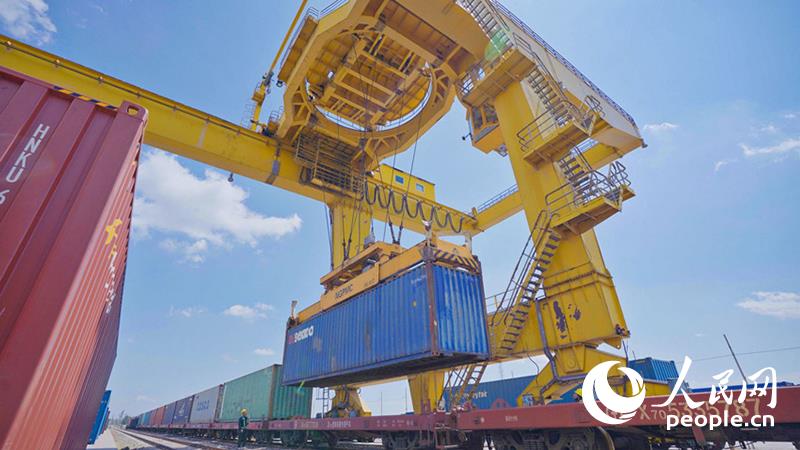
Horgos railway port. People’s Daily Online Photo by Li Xinyang
On November 1, 2023, China established the first pilot free trade zone in the northwest border area — — China (Xinjiang) Pilot Free Trade Zone was unveiled. Seize the opportunity and take advantage of the situation. Only three months after the unveiling, the number of new enterprises in Xinjiang Pilot Free Trade Zone has reached more than 3,000.
Not only new enterprises, but also local enterprises that have been rooted in Xinjiang for many years have taken advantage of the east wind to seize the opportunity and fight for the start.
In 2023, the import and export trade volume of Horgos Jinyi International Trade (Group) Co., Ltd. exceeded 10.5 billion yuan, reaching a record high; In 2024, the company is prepared to further expand its business in Central Asia and European countries by combining the advantages of the Free Trade Zone. Yu Chengzhong, the general manager of the company, is full of confidence in the future. He said: "The General Secretary stressed the need to promote the high-quality development of the Pilot Free Trade Zone. As a foreign trade enterprise, we have more confidence in taking root in frontier affairs. "

Vegetable planting base of smart agriculture demonstration park in Yangling demonstration zone. People’s Daily reporter Wu Chao photo
Yangling district, which covers Yangling area of China (Shaanxi) Pilot Free Trade Zone and comprehensive bonded zone, has also made its own way in promoting the opening up of agriculture: eight agricultural science and technology demonstration parks have been built in Kazakhstan and other countries; 54 foreign aid training projects for SCO countries and developing countries; 115 varieties and technical equipment such as soil improvement and photovoltaic irrigation were transported to overseas parks for experimental demonstration … … From exchange training and demonstration to economic and trade capacity cooperation, in recent years, the "golden seeds" carrying the "Yangling gene" have taken root in the "Belt and Road" countries, bearing rich fruits of modern agricultural cooperation.
Statistics show that in the past five years, China has laid out and built six pilot free trade zones in the western region. At present, the Inner Mongolia Autonomous Region, an important node of the China-Mongolia-Russia Economic Corridor and an important gateway to the new land and sea channel in the western part of the country, is promoting the application for the construction of the Pilot Free Trade Zone.
The Pilot Free Trade Zone, guided by high-level opening-up and centered on institutional innovation, has become an important platform to support the expansion of high-level opening-up in the western region.
Upgrade interregional interaction and cooperation, and open up new space.
From April 17 to 20, 11 well-known enterprises from Guangdong-Hong Kong-Macao Greater Bay Area conducted an investigation tour on the integration of agriculture, culture and tourism in relevant border counties (cities) in Chongzuo City, Guangxi Zhuang Autonomous Region.
In this trip, we will investigate the cooperation intention of a number of industrial integration projects such as complementary tea and light, research and study camps, packaging materials, etc., and promote the rational optimization of industrial layout and the cultivation of characteristic agricultural and cultural tourism industrial clusters in the counties (cities) along the Chongzuo border.
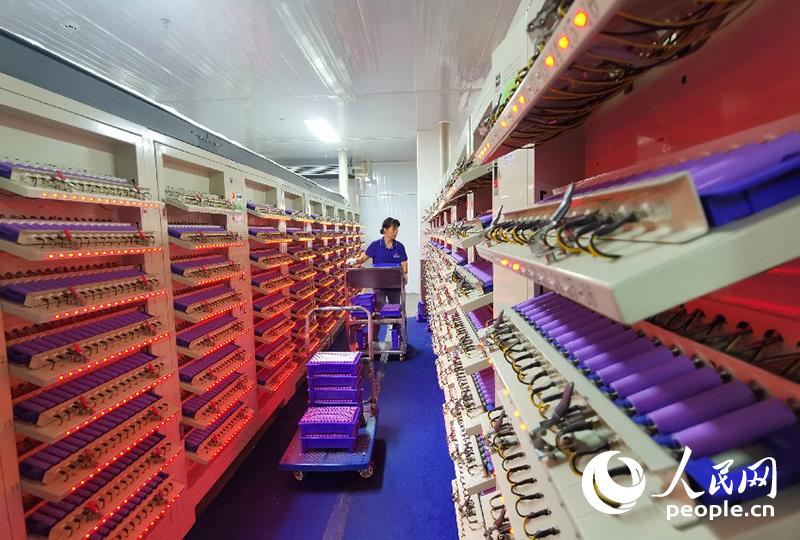
The cooperation between Guangdong and Guangxi has effectively promoted the development of county economy in Guangxi. The picture shows workers working in the workshop of a new energy battery enterprise in Greater Bay Area, which settled in daxin county, Guangxi. People’s Daily Online Fu Huazhou photo
"We will conscientiously implement the spirit of the General Secretary’s speech at the symposium on promoting the development of the western region in the new era, give full play to the advantages of being stationed in the Bay Area, accurately dock Guangdong-Hong Kong-Macao Greater Bay Area resources, and empower the construction of new land and sea passages in western Guangxi, the construction of industrial parks along the border, the construction of border economic cooperation zones, and the construction of China-ASEAN industrial cooperation zones." On April 24th, Li Jin, director of Guangdong-Hong Kong-Macao Greater Bay Area Construction Comprehensive Service Center, said in an interview.
Upgrading interregional interaction and cooperation and opening up new space will not only promote industrial innovation and development in developed areas, but also enhance its radiation drive to underdeveloped areas. At present, the story of active service docking regional major strategy and cross-regional "hand in hand" is being staged everywhere.
Dongguan Mingyue Arts and Crafts Co., Ltd. is a handicraft development and sales enterprise, and its products are exported to overseas. In 2020, the company plans to build a new factory on the basis of the original factory in Guangdong. How to choose a site? Bijie City, Guizhou Province has been promoted to Dongguan many times, which made Wang Dongyang, the general manager of the company, dispel the idea of "building a factory without leaving Guangdong". In 2021, Bijie Mingyue Arts and Crafts Co., Ltd. landed. Today, the company’s annual output value is nearly 100 million yuan.
Mingyue Company’s entry into Guizhou from Guangdong is a vivid practice of Guizhou’s active integration into Guangdong-Hong Kong-Macao Greater Bay Area. In recent years, Guizhou has explored cooperation modes such as "Greater Bay Area Headquarters+Guizhou Base", "Greater Bay Area R&D+Guizhou Manufacturing", "Greater Bay Area Enterprises+Guizhou Resources" and "Greater Bay Area Market+Guizhou Products", which provide momentum for the industrial integration and development of the two places.
Guizhou has actively integrated into Guangdong-Hong Kong-Macao Greater Bay Area, while Yunnan has joined hands with Shanghai to build a Shanghai-Yunnan Port-adjacent Kunming Science and Technology City in Kunming Economic and Technological Development Zone (Kunming Area of Pilot Free Trade Zone). The Science and Technology City takes advantage of its proximity to the China-Laos Railway Freight Station and introduces the Yangtze River Delta industry in a linkage manner. At present, 49 enterprises have signed contracts.
Qinghai, located in the plateau, also benefits from interregional interaction and cooperation. On March 29th this year, Qinghai held a promotion meeting on the development of green computing industry in Beijing, and eight cooperation projects in the field of green computing were signed on the spot.
Linkage between the mainland and overseas, mutual aid between the East and the West, will show the increasingly vibrant, more open and confident western China to the world.
Just in the past April 10th, 23 tons of Linzhi apples were exported to Nepal through Geelong Port in southwest Xizang, and the local fruits in Xizang were exported for the first time.
In the west, with the continuous expansion of opening to all directions and all fields, such "first time" will become "countless times".
(Gao Hongxia, Zhu Hong, Guo Ying, Peng Qian, Hu Hong, Fu Huazhou, Gao Xiang, Li Faxing, Long Zhangyu, Jia Ru, Zhao Jing, Fu Hao, Yang Rui, Li Long, Chen Xinhui, Wu Chao, Fu Lijuan, Kou Yanan, Yang Qihong, Li Haixia)






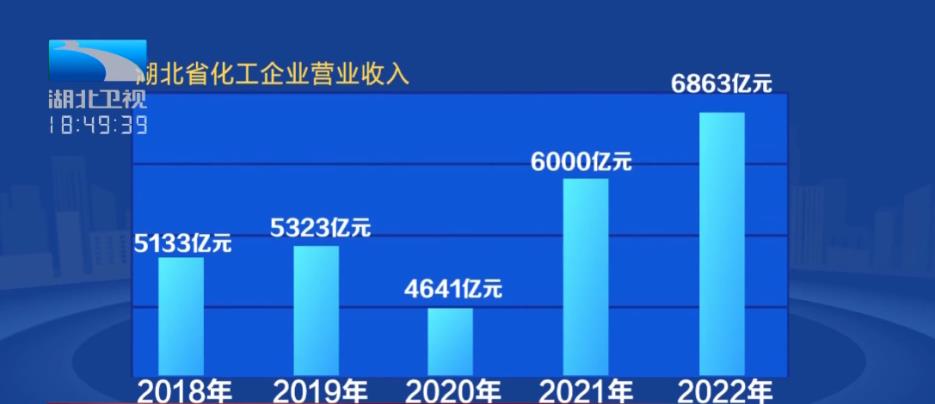


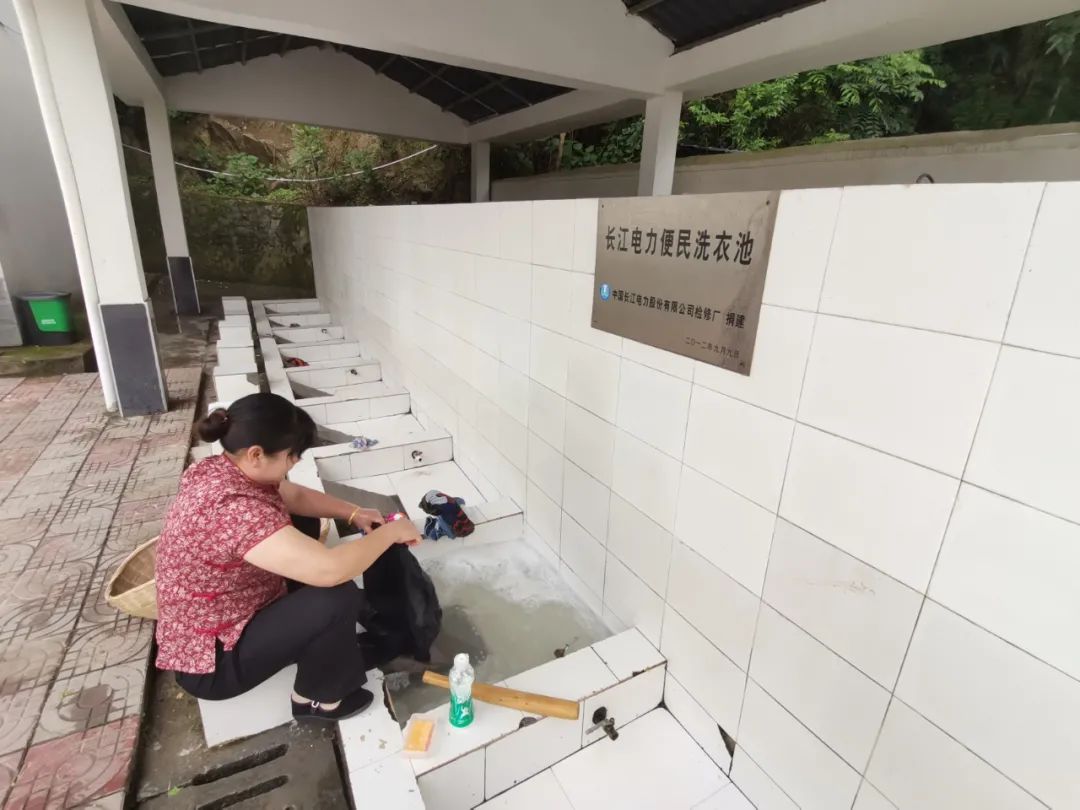



 In order to speed up the pace of trying first, on April 18, Hubei held a series of press conferences on the spiritual interpretation of the "Implementation Opinions on Accelerating the Construction of a New Development Pattern Pioneer Area in China". The reporter from Changjiang Cloud learned from the meeting that Hubei will resolutely stick to the bottom line of ecological security, and use 71 main indicators including 11 aspects such as comprehensive river basin management and green and low-carbon development as an important yardstick to measure the effectiveness of pioneering area construction.
In order to speed up the pace of trying first, on April 18, Hubei held a series of press conferences on the spiritual interpretation of the "Implementation Opinions on Accelerating the Construction of a New Development Pattern Pioneer Area in China". The reporter from Changjiang Cloud learned from the meeting that Hubei will resolutely stick to the bottom line of ecological security, and use 71 main indicators including 11 aspects such as comprehensive river basin management and green and low-carbon development as an important yardstick to measure the effectiveness of pioneering area construction.






